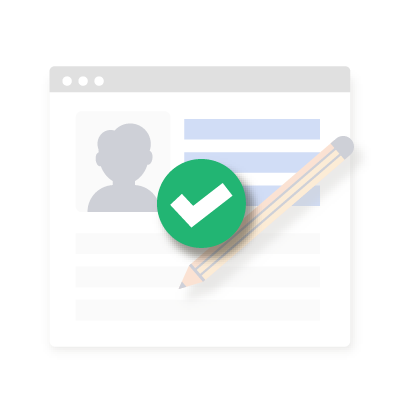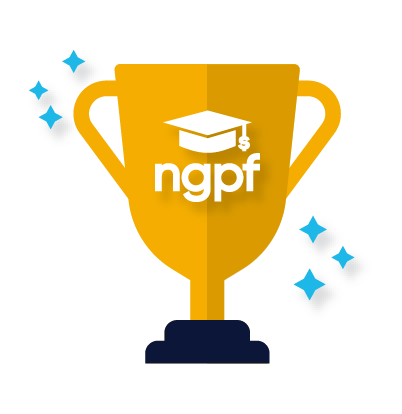Math Monday: How to Trim the Financial Algebra Course for Shorter Time Frames
If you're limited on time, here are five suggestions for how to shorten the Financial Algebra Course.
NGPF's Financial Algebra course abounds with interactive activities and deep-diving lessons! Here's your guide to covering the essentials on an expedited timeline.
Suggestion 1: Just the Basics
If you need a significantly shorter option, we recommend focusing on the most immediately useful topics for young people.
Skip units that cover more advanced topics or that students won't need until later in life:
- Unit 1: Taxes & Fundamentals of Algebra
- Unit 4: Budgeting & Systems of Inequalities
- Unit 6: Investing Strategies & Exponential Functions
- Unit 10: Insurance & Probability
Your resulting sequence:
- Unit 2: Checking & Linear Equations
- Unit 3: Saving & Systems of Equations
- Unit 5: Investing & Exponential Functions
- Unit 7: Types of Credit & Modeling Functions
- Unit 8: Managing Credit & Fundamentals of Statistics
- Unit 9: Paying For College & Statistical Analysis - if you know students will learn this content elsewhere, you could skip this unit as well.
Suggestion 2: A little less math
Make a few units personal-finance-only if you’re looking to go a little lighter on the math.
You could skip the math lessons for the following units:
- Unit 1: Taxes & Fundamentals of Algebra - these pre-algebra skills are typically covered in middle school
- Unit 4: Budgeting & Systems of Inequalities - linear inequalities may not need to be highlighted for some courses
- Unit 9: Paying For College & Statistical Analysis - statistics are not always covered in an algebra course
- Unit 10: Insurance & Probability - probability is not always covered in an algebra course.
This would narrow the course focus by cutting out math content that is not typically included in Algebra 1.
Suggestion 3: Skip direct instruction for familiar content
Maybe you’re lucky and your school already has a semester-long personal finance course! Or your students arrive with a strong grasp on linear equations.
To start, determine your students’ baseline knowledge. You could:
- Use the Financial Algebra Course Diagnostic, available on the Course Materials page
- At the start of each unit, assess students’ knowledge using the unit Quizlet. You can find this on the Unit Plan for each Financial Algebra unit.
- Informally assess students using a tool like a KWL Chart or survey
Then, decide what content to cut.
- If students have learned a personal finance topic already, you might skip that lesson entirely, teach only the math connection, or teach only the embedded activities (ie. a CALCULATE or MOVE activity)
- If students have learned a math topic already, skip the lesson and teach only the Application.
Suggestion 4: Cut individual lessons
One thing that makes NGPF special is our attention to more niche (but important!) topics and our inclusion of engaging student-led activities. But, if you really are short on time, here are some lessons you might consider trimming out:

Suggestion 5: Trim extra practice and Application levels
The Financial Algebra Course is differentiated with many different opportunities for practice. You might be tempted to do every problem in a 5-Point Practice or all three levels of an Application. Consider trimming down by having students choose fewer problems to complete.
Thinking about rearranging the order of the Financial Algebra Course? Check out our guide!
About the Author
Kathryn Dawson
Kathryn (she/her) is excited to join the NGPF team after 9 years of experience in education as a mentor, tutor, and special education teacher. She is a graduate of Cornell University with a degree in policy analysis and management and has a master's degree in education from Brooklyn College. Kathryn is looking forward to bringing her passion for accessibility and educational justice into curriculum design at NGPF. During her free time, Kathryn loves embarking on cooking projects, walking around her Seattle neighborhood with her dog, or lounging in a hammock with a book.
SEARCH FOR CONTENT
Subscribe to the blog
Join the more than 11,000 teachers who get the NGPF daily blog delivered to their inbox:
MOST POPULAR POSTS









